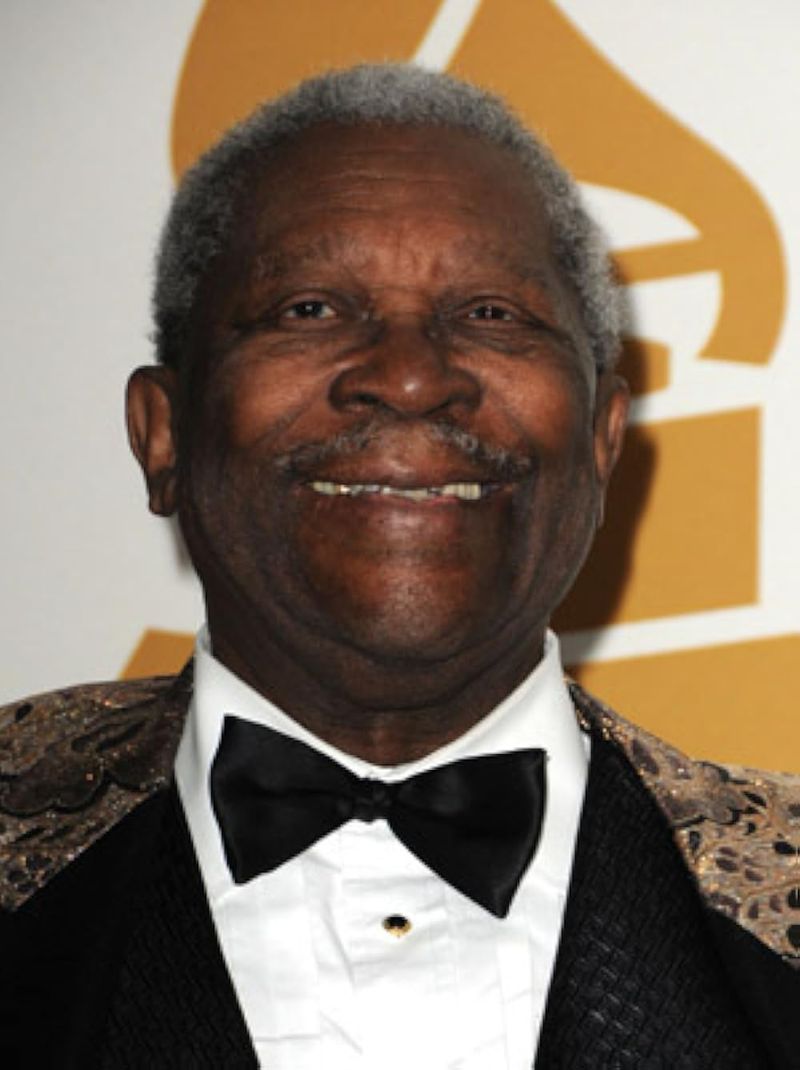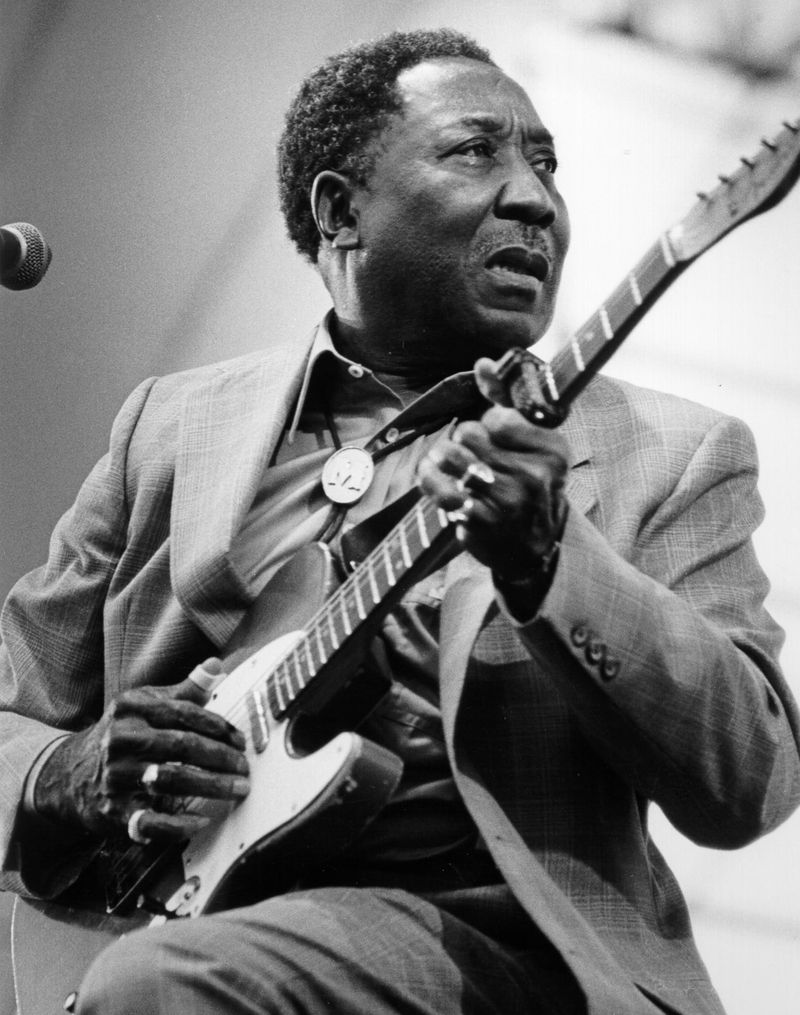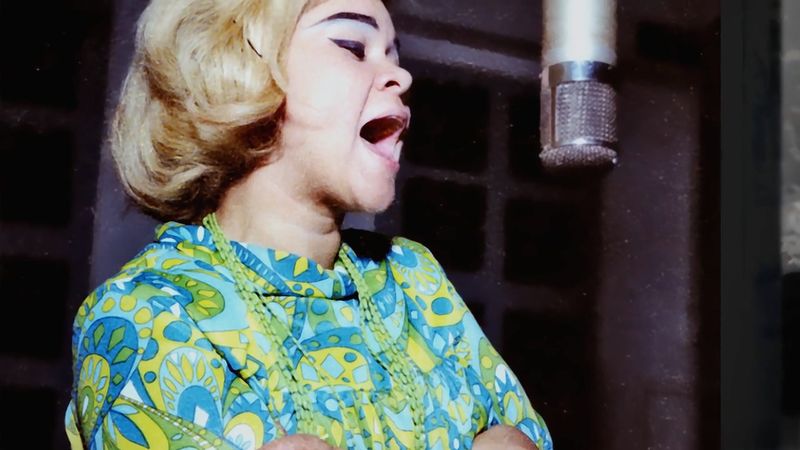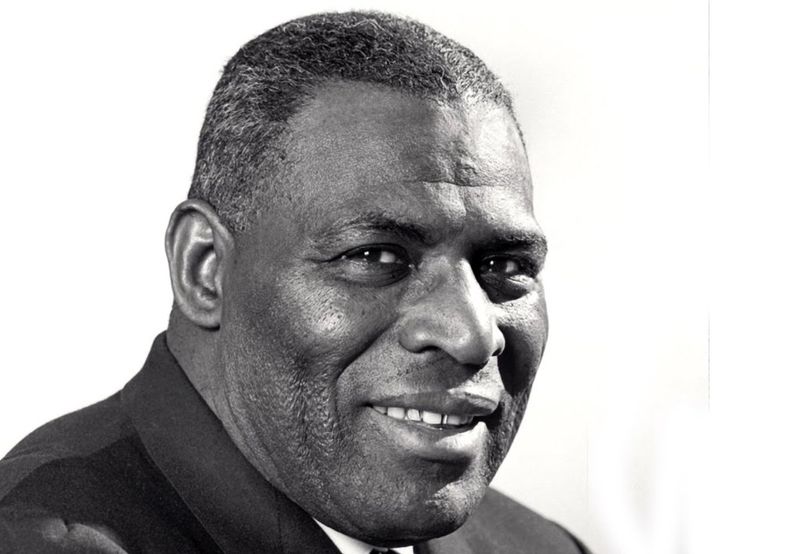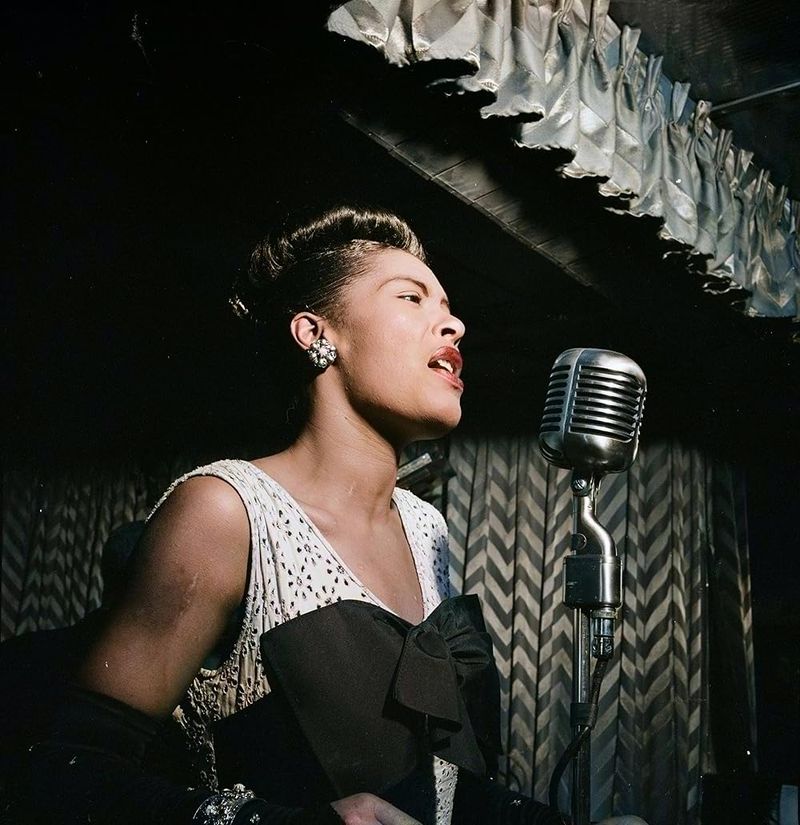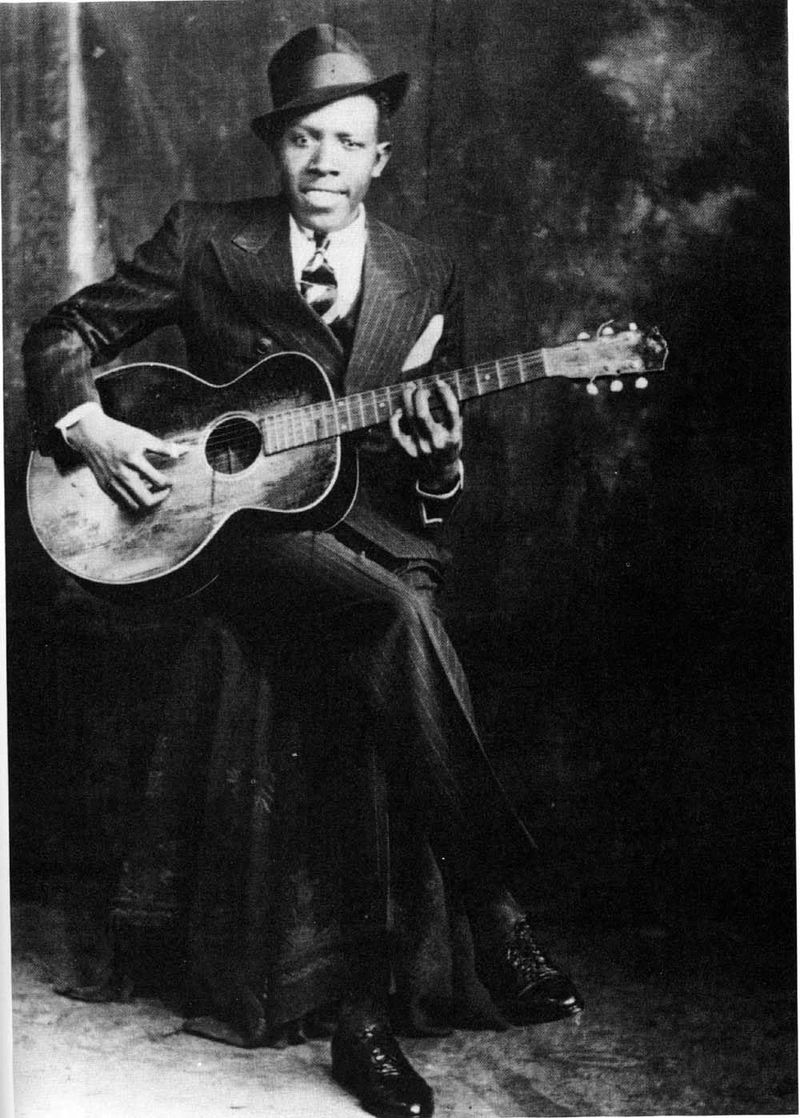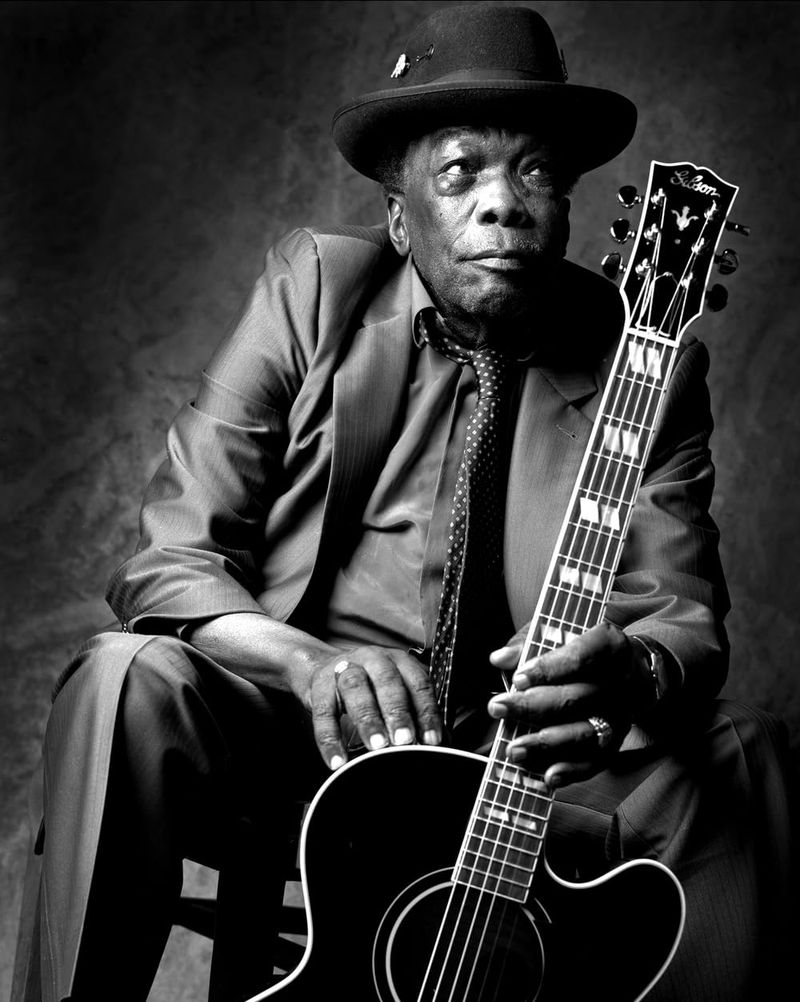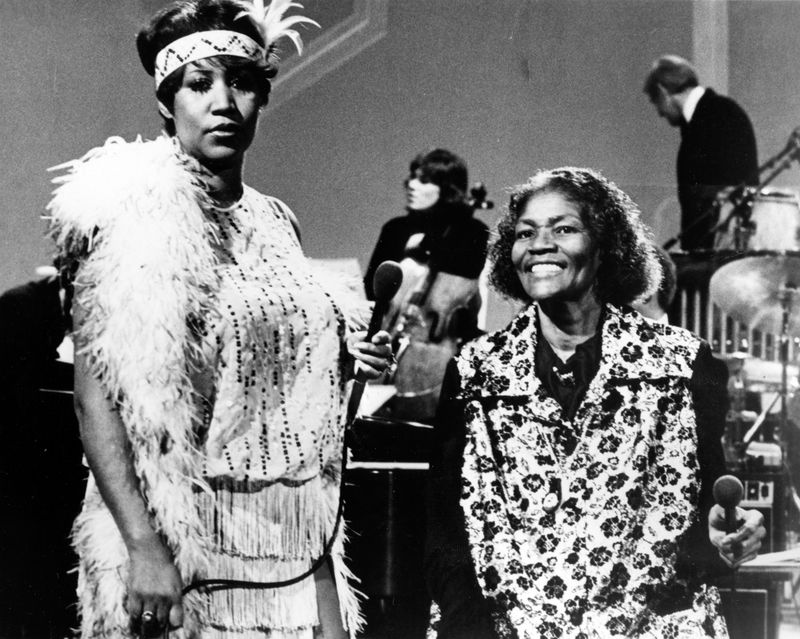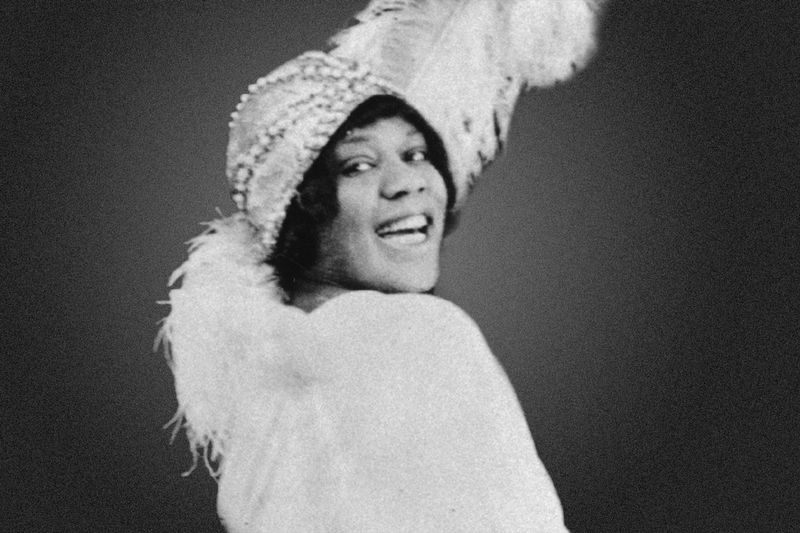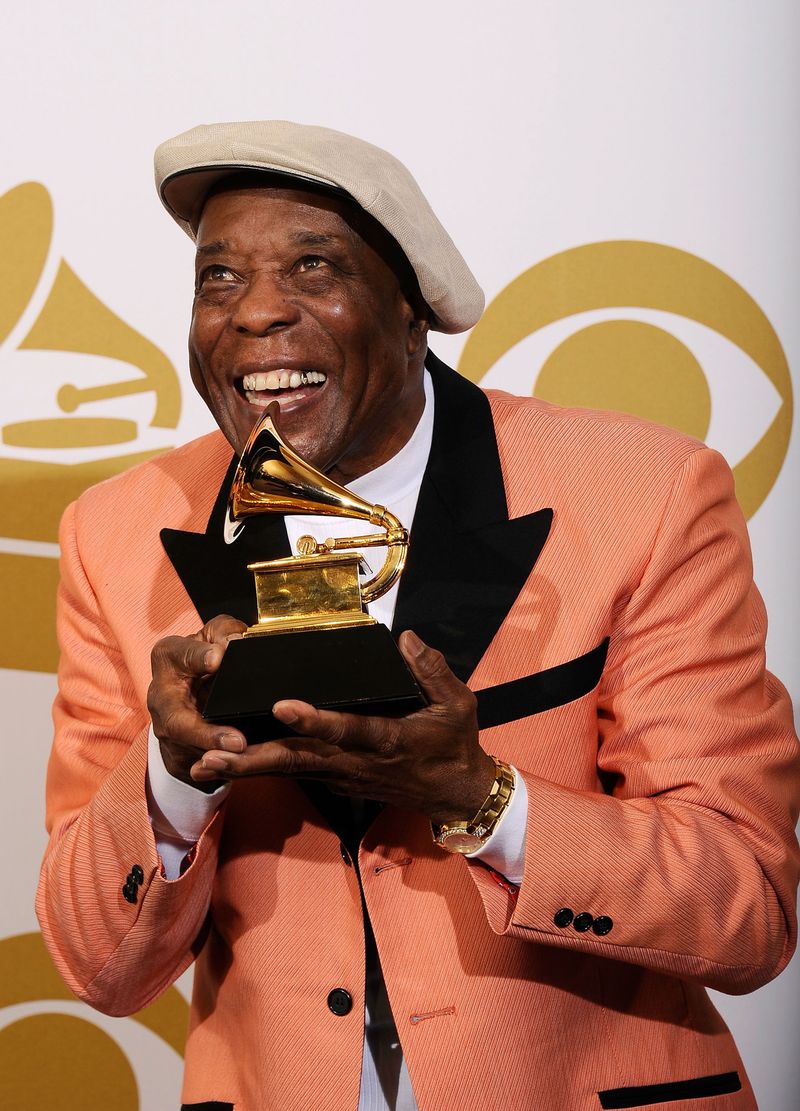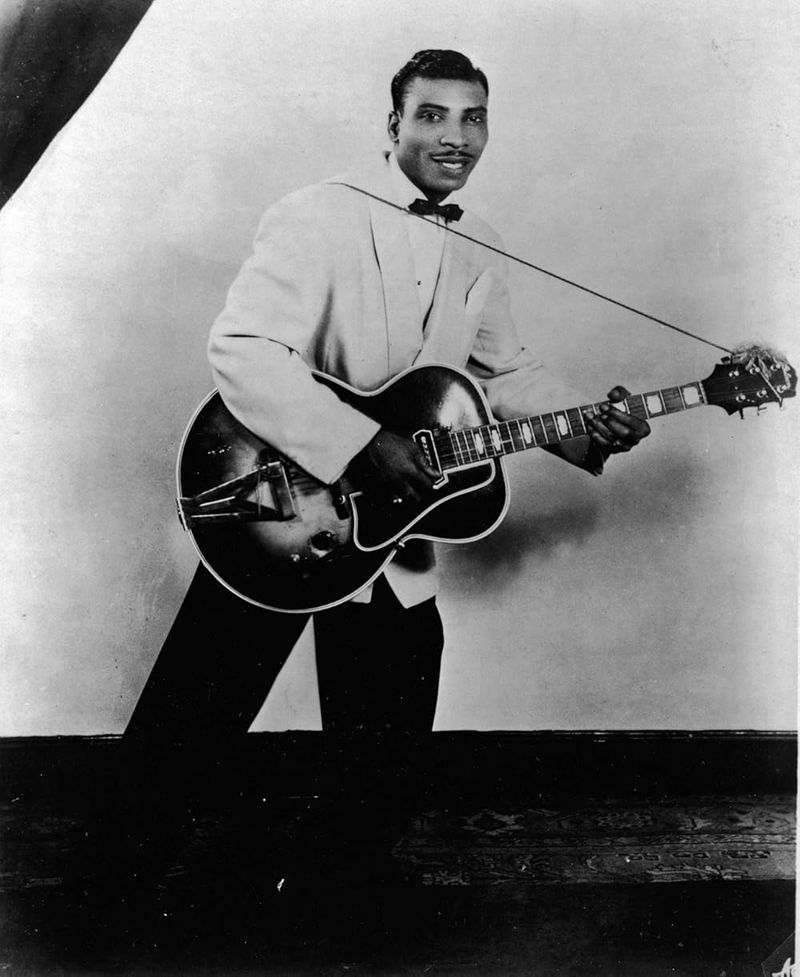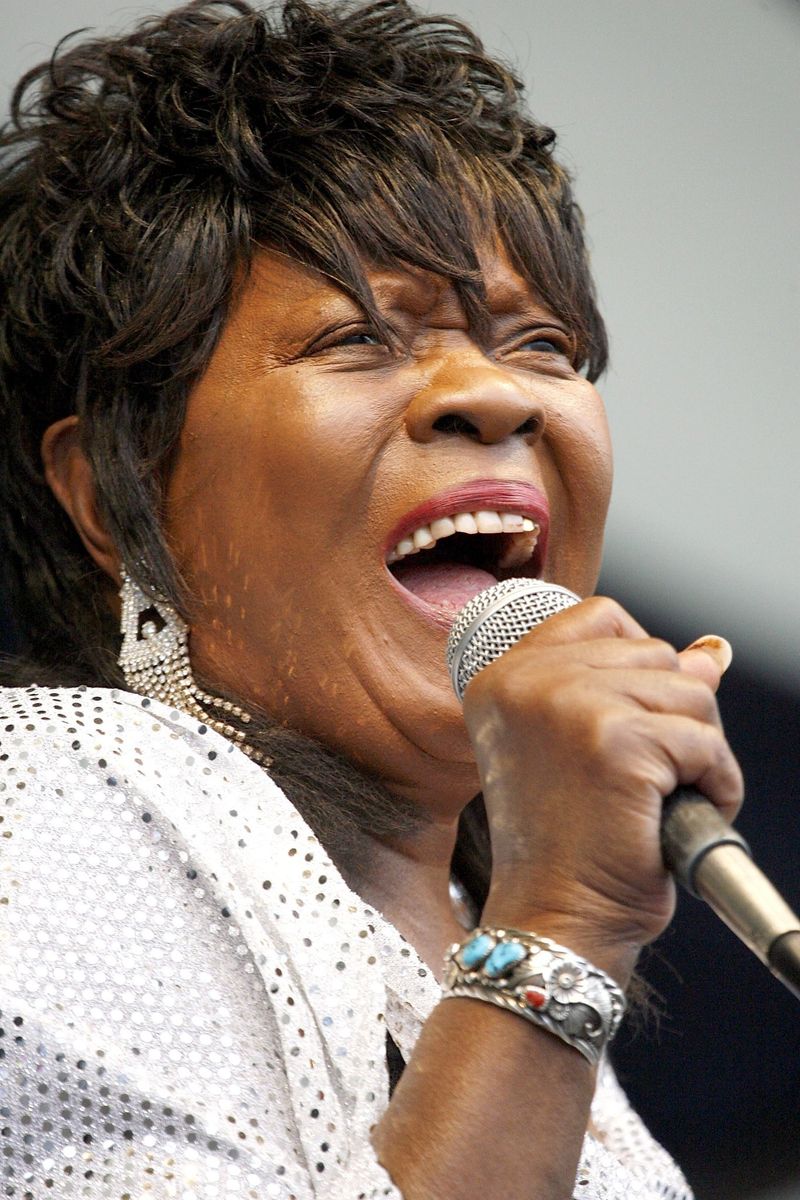The blues tells stories of heartbreak, struggle, and hope in ways that touch everyone. From smoky Chicago clubs to grand concert halls, these incredible artists shaped not just blues music, but rock, soul, and jazz too. Their voices and guitar strings carried emotions so powerful that generations later, we still feel every note. Get ready to meet the legends who made the blues immortal.
1. B.B. King
Often called the King of the Blues, B.B. King’s smooth vocals and expressive guitar playing made him a global icon. With hits like “The Thrill Is Gone,” his emotional playing style influenced everyone from Eric Clapton to Jimi Hendrix.
His live performances were legendary, filled with soul, grace, and unmatched musicianship. Every note he played on his beloved guitar Lucille seemed to cry and sing at the same time. Fans around the world felt his pain and joy through each performance.
2. Muddy Waters
Known as the Father of Modern Chicago Blues, Muddy Waters electrified the blues — literally — and shaped the sound of rock ‘n’ roll. Songs like “Hoochie Coochie Man” and “Got My Mojo Working” became anthems, inspiring The Rolling Stones, Led Zeppelin, and countless others.
His powerful voice rumbled through amplifiers and changed music forever. Before Muddy Waters plugged in his guitar, blues was mostly acoustic and quiet.
He brought electricity, volume, and raw energy that made young people want to dance and older folks tap their feet. His influence reaches far beyond blues into the heart of rock music itself.
3. Etta James
Etta James’s powerful, emotive voice blended blues, soul, and jazz like no one else. Her timeless classic “At Last” remains one of the most beloved songs in history. Her raw performances and genre-bending style made her a true blues queen.
When Etta sang, you could hear every bit of heartbreak and happiness she ever experienced. Her voice could be tender as a whisper or strong as thunder.
She won six Grammy Awards and influenced singers across all musical styles. From wedding dances to movie soundtracks, her music continues to touch hearts everywhere, proving that real emotion never goes out of style.
4. Howlin’ Wolf
With his booming voice and commanding stage presence, Howlin’ Wolf was a force of nature. Songs like “Smokestack Lightnin'” and “Spoonful” defined the gritty Chicago blues sound.
Standing over six feet tall and weighing nearly three hundred pounds, Wolf dominated any stage he stepped onto. His voice seemed to come from somewhere deep in the earth.
Musicians who played with him remember feeling the floor vibrate when he sang. Eric Clapton once said that hearing Howlin’ Wolf changed his life completely and made him want to play blues forever.
5. Billie Holiday
Though often associated with jazz, Billie Holiday’s roots and vocal phrasing were deeply blues-infused. Her ability to turn personal pain into poetic, heart-wrenching music in songs like “Strange Fruit” and “God Bless the Child” made her one of the most influential vocalists of all time.
Billie sang with a unique timing that made every word feel important and true. She lived a difficult life but transformed her struggles into beautiful art.
Her voice was soft yet incredibly powerful, touching listeners in ways few singers ever could. Today, musicians still study her phrasing and emotional delivery to learn how to truly connect with an audience.
6. Robert Johnson
The mythic figure of the blues, Robert Johnson’s brief life and mysterious death only added to his legendary status. His intricate guitar work and songs like “Cross Road Blues” became the backbone of blues and rock.
Many believe he “sold his soul to the devil” for his talent — a story that cements his place in music folklore. Johnson only recorded 29 songs before dying at age 27, yet those recordings influenced millions.
7. John Lee Hooker
With his hypnotic guitar riffs and unmistakable voice, John Lee Hooker brought Delta blues to the mainstream. Hits like “Boom Boom” and “Boogie Chillen'” showcased his raw, rhythmic style that influenced generations of musicians.
Hooker’s music had a driving, repetitive groove that made people move without even thinking about it. He didn’t always follow traditional song structures, creating his own unique sound instead.
Rock bands like The Animals and ZZ Top covered his songs, introducing his blues style to millions of young fans who had never heard anything quite like it before.
8. Big Mama Thornton
Before Elvis made “Hound Dog” famous, Big Mama Thornton belted it out first — and arguably better. Her powerful, gritty voice commanded attention and paved the way for female blues and rock singers to follow.
Thornton’s version of “Hound Dog” sold nearly two million copies in 1953, three years before Elvis recorded it. She also wrote “Ball and Chain,” which Janis Joplin later made famous.
Standing strong in a male-dominated music world, Big Mama never backed down or softened her sound. Her raw power and refusal to compromise inspired countless women to pick up microphones and claim their space on stage with pride and fierce determination.
9. Bessie Smith
Known as the Empress of the Blues, Bessie Smith was one of the most influential singers of the 1920s and 30s. Her rich, commanding voice brought the blues to mass audiences, and songs like “Downhearted Blues” sold millions. She set the standard for vocal power and emotional depth.
Bessie was the highest-paid black entertainer of her time, performing in packed theaters across America. Her recordings sold so well that she helped keep Columbia Records from going bankrupt during tough economic times.
Tragically, she died young after a car accident in 1937, but her legacy lives on in every powerful female vocalist who followed her path.
10. Buddy Guy
A living legend, Buddy Guy bridged the gap between traditional blues and modern electric guitar-driven styles. His fiery playing and dynamic performances inspired Eric Clapton, Stevie Ray Vaughan, and Jimi Hendrix. Songs like “Damn Right, I’ve Got the Blues” showcase his enduring brilliance.
Buddy Guy is famous for playing incredibly long guitar solos that leave audiences speechless. He sometimes walks through the crowd while playing, bringing the music directly to his fans.
Even in his eighties, he continues performing with energy that puts younger musicians to shame. His Chicago blues club, Buddy Guy’s Legends, remains a must-visit destination for blues fans from around the entire world.
11. T-Bone Walker
T-Bone Walker revolutionized blues guitar by introducing sophisticated electric solos. His hit “Call It Stormy Monday” became a blues standard, and his smooth, jazzy playing style shaped the sound of modern blues guitar.
Walker was one of the first guitarists to use an electric guitar as a lead instrument rather than just a rhythm backup. He played the guitar behind his head and did splits on stage long before rock guitarists made those moves famous.
His influence on B.B. King and countless others cannot be overstated. Every time you hear a smooth, crying guitar solo in blues or rock music, you’re hearing T-Bone Walker’s lasting contribution to musical history.
12. Koko Taylor
Nicknamed the Queen of the Blues, Koko Taylor’s raspy, soulful voice brought raw emotion to every performance. Her signature song, “Wang Dang Doodle,” became a hit, and her presence on stage was unmatched, carrying the torch for women in blues for decades.
Growing up picking cotton in Tennessee, she moved to Chicago and worked as a maid before getting her big break in music. Her story proves that determination and talent can overcome any obstacle life throws your way.
Koko won 29 Blues Music Awards throughout her career, more than any other female blues artist. She performed well into her seventies, never losing the power and passion that made her famous.

